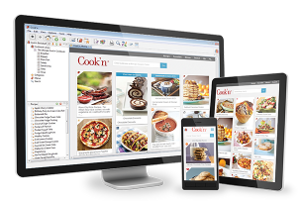
Did Johnny Appleseed really exist? He sure did. John Chapman, his true name, was born in Massachusetts in 1775. As a young man, he heard stories of the pioneers heading West. With the idea of the western frontier planted in his head, John Chapman set out, taking only an axe, a hoe, a Bible, and a bag full of apple seeds. He mostly traveled over the lands of Ohio and Indiana. Whenever he found a choice clearing of land, he planted his apple seeds, envisioning the wondrous orchards that would spring from each one. Settlers welcomed him wherever he went because of the entertaining stories he told and the apple seeds he always gave away if they promised to plant them. People soon forgot his last name and started calling him Johnny Appleseed. Mr. Appleseed traveled the frontier for 40 years, often retracing his steps to care for the apple trees he'd planted many years before.
When buying apples, choose ones that are bright and fresh looking, with as few bruises as possible. Bruises lead to decay, though some bruising is inevitable during shipping. When buying green apples, choose ones that are yellow-green. Bright neon green apples usually aren't mature and may have a starchy taste.
Store your apples in a cool place, like the refrigerator, if possible. Wash the apple well before eating it to remove any wax or pesticides used during its production.
Cook's Note: The best apples to use in baking and cooking include the Jonathan, McIntosh, Winesap, Granny Smith, Rhode Island Greening, Golden Delicious, Rome Beauty, and Northern Spy varieties.
Use the following conversion when working with apple recipes: 2 large, 3 medium, or 4 small apples = 1 pound apples = 3 cups sliced apples.
This Apples recipe is from the Food Facts and History Cookbook. Download this Cookbook today.